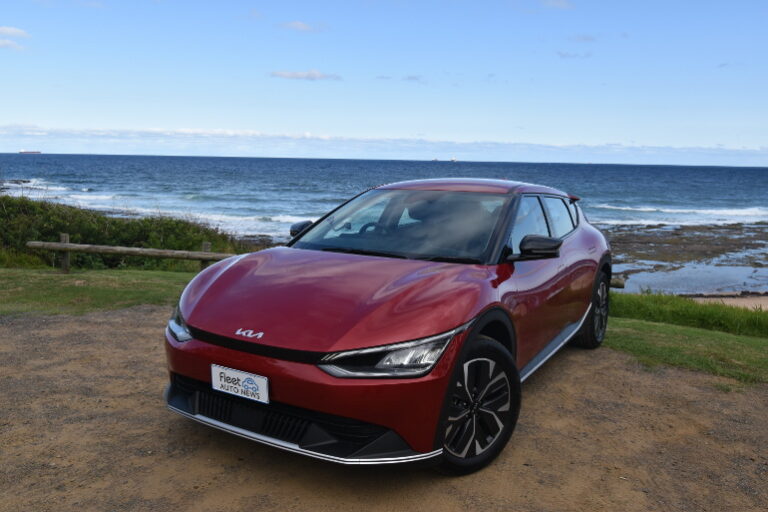Though we’ve looked at EVs and their residual value over time on our podcast, we also have to ask this question: are Australians interested in electric vehicles in 2023? Though for many fleet buyers, low emissions and reducing costs is paramount, the average Australian looks at car buying through a different lens.
So, are Australians buying them or sticking to what they know?
Lagging behind the world, but Australian EV sales are up
In 2021, global EV sales sat at about 10%. According to the Electric Vehicle Council, only 3.39% of all vehicle sales in Australia were EVs according to the Electric Vehicle Council in 2022, which was still a substantial 65% increase over the previous year.
A recent national representative survey by Savvy showed 41% out of 1,000 respondents said they intended to buy at some point in the future, with 10% set to purchase within the next 12 months. This was compared to a similar survey they ran in 2021, which asked whether EVs were unaffordable: this dropped from 30% in 2021 to 17% this year. We also think that used car profits will spur on EV take-up in fleets.
The survey also showed 76% of Aussies agreeing that price drops would make EV ownership more popular and accessible — a 3% increase over 2021.
This has been helped in part by newer and more affordable models coming on to the market.
Greater choice, longer ranges
Australia is a big country. For those travelling vast distances, EVs may not make entirely the best sense to some. However, as petrol prices surge and EVs being more cost efficient per kilometre, people may be making the switch to electric regardless.
According to CarsGuide, there’ll be about 58 different models available for consumers this year, with some models tipping the range scale at 590km – that’ll get you to Canberra from Sydney and back again without a top-up. Some models are competitively priced with petrol vehicles, such as the BYD Dolphin starting at about $40,000. Other models such as the MG 4 and Great Wall ORA also being affordable, especially after rebates and incentives are accounted for.
People need not fret about range either, with 350 more fast chargers now available across the country; that’s not a huge number, but it’s a great start.
Financing EVs and running costs
At the moment, some EVs may be eligible for lower-interest green loans as well as tax breaks or incentives from the State or Federal governments. (Not sure about how loans work between consumers and businesses? Click here: https://www.savvy.com.au/car-loans/car-loans-factsheet/) Total cost of ownership between EVs and petrol driven cars will reach parity within a year or two according to the ABC, with maintenance and servicing costs of EVs standing at about 70% lower than their petrol counterparts.
Electric Vehicles are definitely no flash in the pan and they may not take over petrol vehicles on the road any time soon. Though, when it makes sense for the hip pocket, we can expect fleet and private buyers to embrace EVs with open arms.






